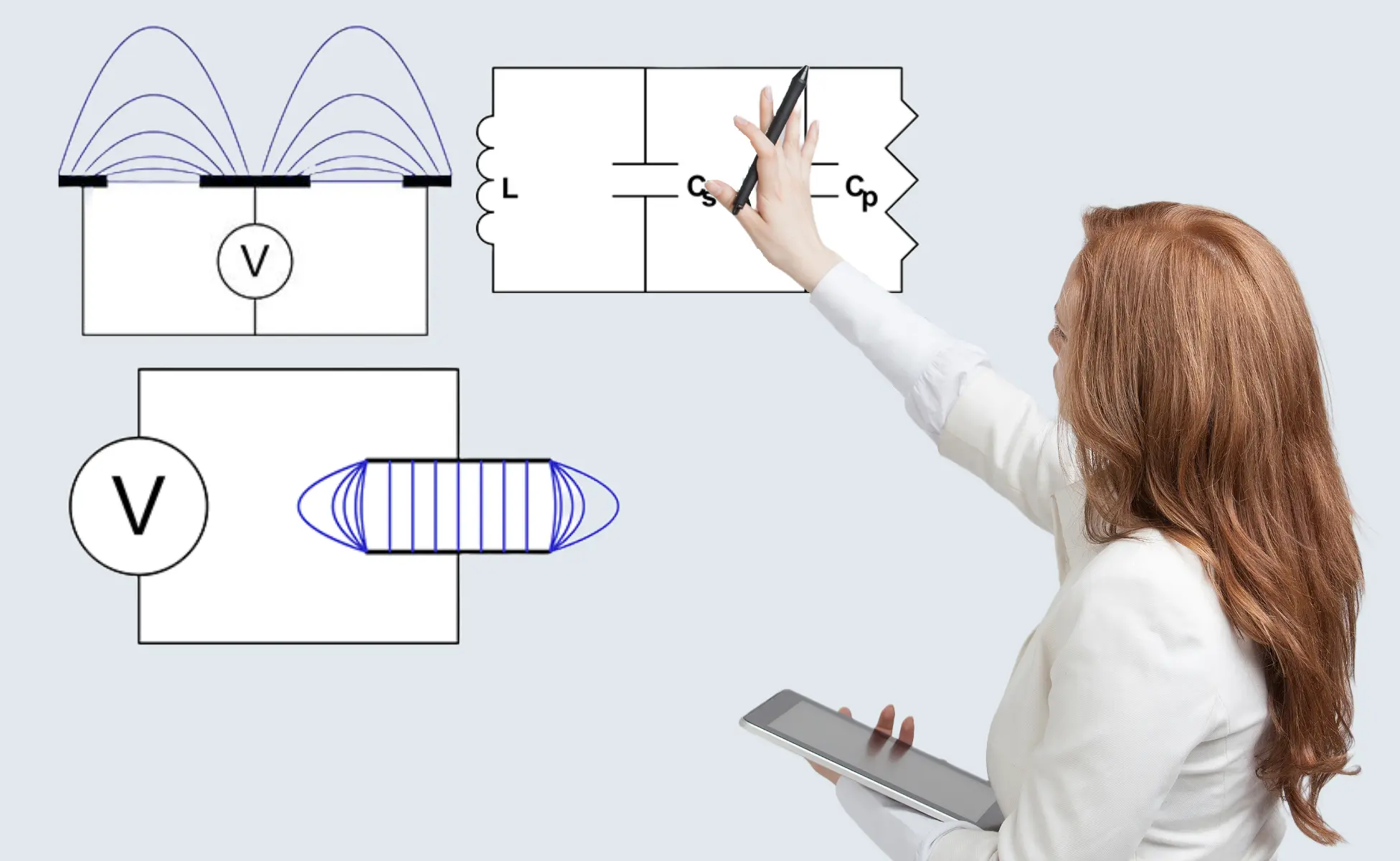IR vs. RF Technology

Table of Contents
IR vs. RF
Understanding Measurement Technology
Determining the proper type of moisture sensor is essential to the accuracy of your moisture measurement. KPM has found that every application of moisture measurement technology requires an inclusive consideration of the product being measured. This consideration helps to determine the type of technology that best suits the application.
KPM has developed two primary technologies, Near Infrared (IR) and Radio Frequency (RF), to achieve the greatest accuracy for each application of moisture measurement technology. Before settling on one technology over the other it is always a good idea to consult our experts and have them explain why one technology would be better for your application than the other.
Surface vs. Penetrating Measurement

IR Measurement
IR technology is a surface measurement and its effective use depends upon the moisture distribution of the product being measured. If there is not a uniform moisture distribution within the product being measured than the moisture composition of the surface will likely not be equal to the whole of the product. This is a primary consideration when making the determination whether a particular application will be a good fit for IR technology. Although moisture distribution is a primary consideration it is not the sole consideration. Consult our experts for a free laboratory analysis of the product to be measured.
RF Measurement
RF technology is a penetrating measurement that uses a radio frequency dielectric measurement to analyze the full moisture composition of your product. This moisture measurement technology relies on the relatively high dielectric of water relative to most solids. The measurement is sensitive to variations in product density but provides an accurate moisture measurement for applications falling within its scope of use.
Related Blog Posts
















